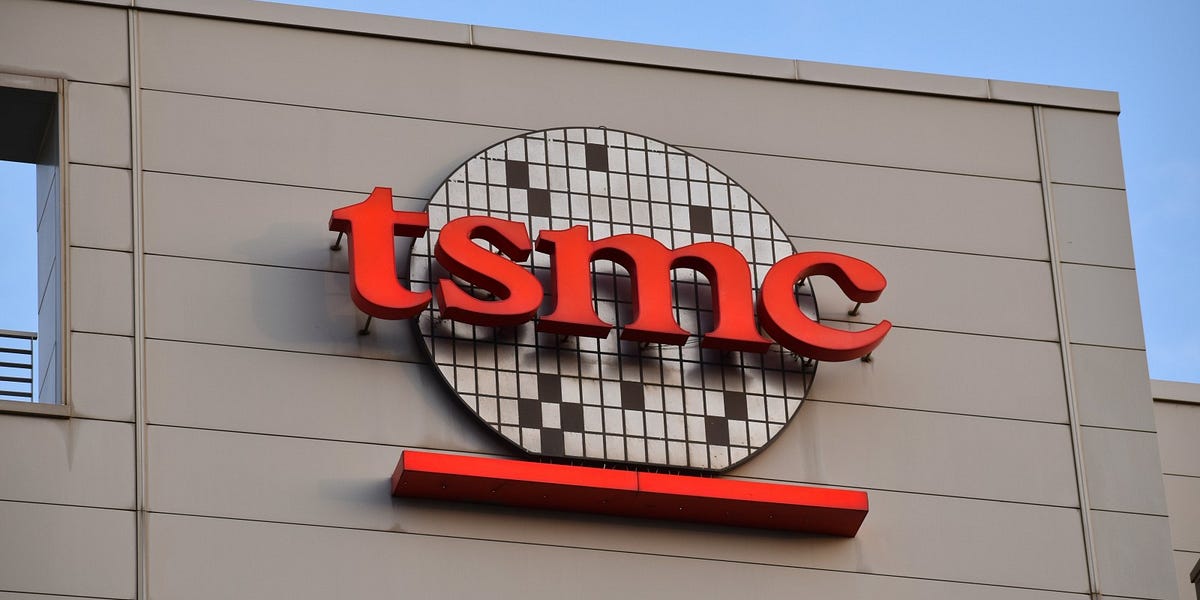Everyone knows TSMC as the world’s most advanced chipmaker. But few realize that one of its biggest advantages isn’t measured in nanometers — it’s in how those nanometers evolve.
In a rare semi-official interview with Y.J. Mii, TSMC’s newly appointed Executive Vice President and Co-Chief Operating Officer, we finally get a glimpse into the company’s long-kept secret: the half-node.
Born in the 1990s, this deceptively simple idea — making small, incremental shrinks instead of big leaps — became the cornerstone of TSMC’s “small-step, fast-run” strategy. It’s how the company turned caution into precision, iteration into dominance, and consistency into innovation.
From the legendary 28 nm era that Morris Chang called his proudest victory, to the current 4 nm and 5 nm processes powering AI data centers, the same philosophy endures. The half-node isn’t just a tweak in chip design — it’s the rhythm that keeps TSMC perpetually ahead of Samsung and Intel.
 Read the full story: Inside TSMC’s Secret Weapon: The Power of the Half-Node.
Read the full story: Inside TSMC’s Secret Weapon: The Power of the Half-Node.

 cwnewsroom.substack.com
cwnewsroom.substack.com
In a rare semi-official interview with Y.J. Mii, TSMC’s newly appointed Executive Vice President and Co-Chief Operating Officer, we finally get a glimpse into the company’s long-kept secret: the half-node.
Born in the 1990s, this deceptively simple idea — making small, incremental shrinks instead of big leaps — became the cornerstone of TSMC’s “small-step, fast-run” strategy. It’s how the company turned caution into precision, iteration into dominance, and consistency into innovation.
From the legendary 28 nm era that Morris Chang called his proudest victory, to the current 4 nm and 5 nm processes powering AI data centers, the same philosophy endures. The half-node isn’t just a tweak in chip design — it’s the rhythm that keeps TSMC perpetually ahead of Samsung and Intel.

Not Just Numbers: How TSMC’s “Small-Step, Fast-Run” Strategy Became Its Secret Weapon Against Samsung and Intel
Liang-rong Chen
